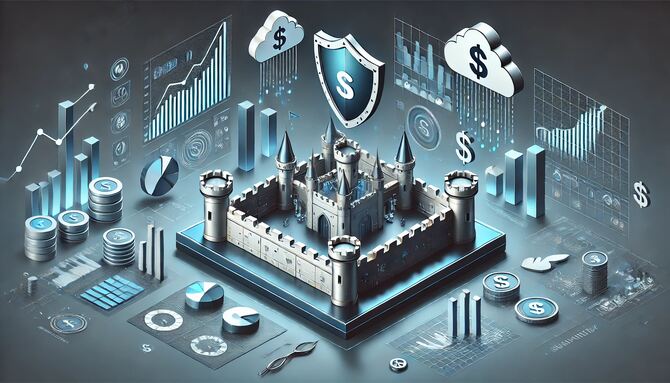Integrating Environmental Impact Analysis into Our Business Strategy
Environmental Impact Analysis: Integrating an environmental impact analysis into our business strategies is not just a noble endeavour—it’s a necessity. As US-based businesses, we are in a unique position to lead the global charge towards sustainability. This approach is not only about meeting regulatory requirements but also about tapping into new markets, reducing costs, and building a resilient brand that resonates with the values of our customers.
Why is Environmental Impact Analysis Crucial?
Environmental sustainability has transitioned from a ‘nice-to-have’ to a ‘must-have’ in business. Consumers are increasingly aware and concerned about the environmental practices of companies they support. A 2021 survey revealed that over 60% of US consumers prefer to buy goods and services from companies that are committed to reducing their environmental impacts. This shift in consumer behaviour underscores the importance of being not just market-driven but environmentally conscious.
Economically, the benefits are clear. For example, a large US-based beverage company recently revamped its production processes to use 30% less water and energy. This change not only reduced their operational costs by 15% annually but also significantly lowered their carbon footprint, enhancing their appeal in a market increasingly dominated by eco-conscious consumers.
Navigating the Regulatory Landscape
With the US government’s commitment to achieving reduced carbon emissions by 2050, environmental regulations are set to become even stricter. Companies that anticipate and adapt to these regulations can avoid potential fines and operational disruptions. For instance, a leading electronics manufacturer in the US pre-emptively adopted new waste reduction measures that not only aligned with new regulations but also reduced their waste disposal costs by 20%.
Practical Steps for Integration
- Conduct an Environmental Audit: Begin with a comprehensive audit of your current operations to pinpoint areas for improvement. This might include energy usage, waste management, and supply chain operations.
- Set Clear, Achievable Goals: For example, a small textile company might aim to reduce water usage by 25% within two years by investing in more efficient dyeing technology and recycling water.
- Leverage Technology: Innovations such as AI and IoT can dramatically increase efficiency. A US logistics company implemented IoT sensors in their vehicles to optimise routes and reduce fuel consumption, cutting emissions by 10% in the first year.
- Engage Your Team: Change starts with people. Conduct regular training sessions to educate your employees about sustainability practices and how they can contribute both in the workplace and beyond.
- Collaborate with Stakeholders: Work with suppliers who prioritise sustainability. A food production company might partner with local organic farms, which not only supports the local economy but also reduces transportation emissions.
The Ongoing Journey
Let’s continue to foster a culture of sustainability within our teams and lead by example in the global business community. Together, we can achieve remarkable things for our planet and our profit margins.






